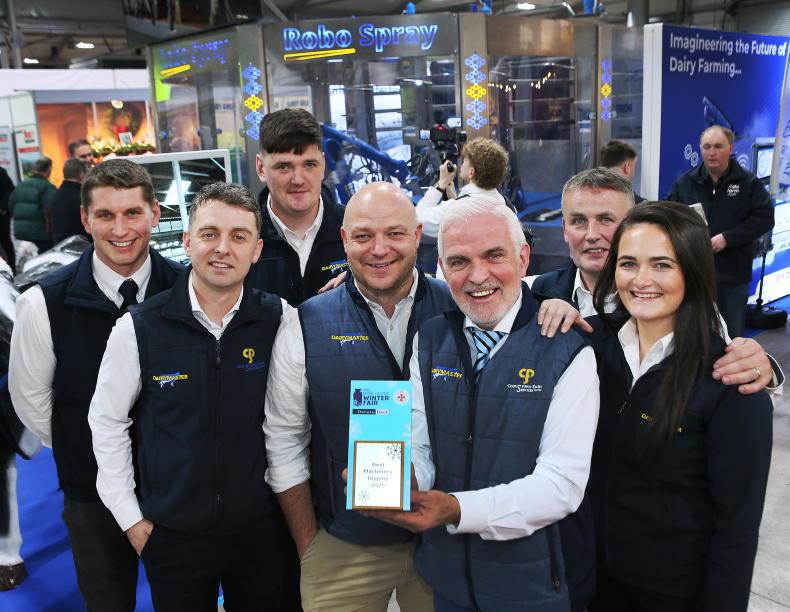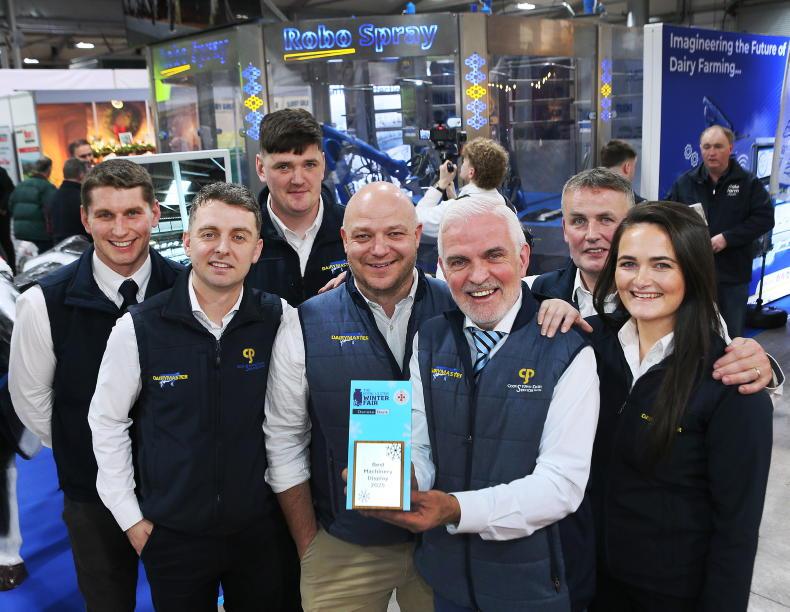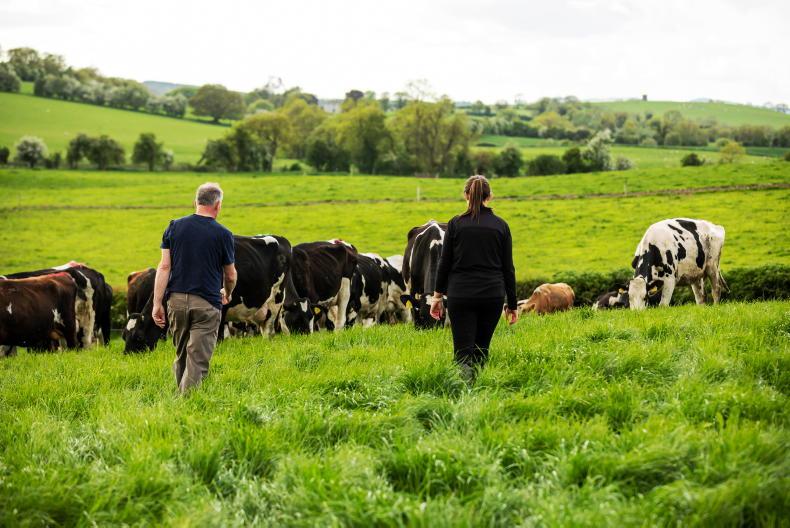If the newly proposed Lakeland peak penalty had come in 10 years ago, Lakeland Dairies chair Niall Matthews would have paid out €45,000 over 10 years into the peak penalty scheme.
Similarly, if Niall was classed as a new entrant that had started off 10 years ago, he would have paid out €120,000 in total over 10 years into the Lakeland peak penalty fund. Let me explain.
I got a lot of feedback over the weekend on my recent Lakeland article.
Some agreed and some didn’t. Those who didn’t agree with the article felt I wasn’t balanced about all the good things that have happened in Lakeland.
Progress
Let me be crystal clear: I have no issue with the progress Lakeland has made over the years. Like the artwork in print displayed this week, the Lakeland milk business has over doubled in the last 10 years.
That is huge progress on scale and is driven by the very significant investment in all Lakeland processing sites that I have visited from Bailieborough to Artigarvan to Belfast.
The nub of my point in the article is that I just feel the current proposal to install a peak penalty is poorly thought out, hasn’t been discussed or understood enough by suppliers and leaves those starting out vulnerable, with an additional cost at a time they don’t need additional costs when starting a business.
Other processors have a range of mechanisms and lead-in times to deal with processing capacity.
New entrants
In Lakeland, it’s the new entrants and those who are scaling up that are going to pay for the new steel, that’s if there is going to be new steel.
Is that the right way for a co-op to do business? For a co-op that hasn’t a shareholder strategy for its milk suppliers?
Is it fair that a two million litre milk supplier taken on by Lakeland in 2020 gets to deliver milk paying no peak penalty while a 500,000l supplier starting off in 2023 gets hit with a peak penalty?
If processing capacity is going to be limited within the next three years, then would it be more up front with suppliers to put a cap on for a certain period, rather than say continue to send the milk but we’ll pay you less for it?
Is it fair that a two million litre milk supplier taken on by Lakeland in 2020 gets to deliver milk paying no peak penalty while a 500,000l supplier starting off in 2023 gets hit with a peak penalty?
Board members
I’m lucky to have been on the farms of many of the Lakeland board members and I just think to myself if this new peak penalty rule had come in 10 years ago, would they have made the same progress? Dairy farmers traditionally progress and develop over time.
Seán Connolly milks over 240 high-yielding Holstein Friesian cows on the outskirts of Loughgiel in north Co Antrim.
Seán and his dad have developed the farm over many years and have a special focus on breeding.
Keith Agnew milks near 600 cows near Newry, Co Down. Again, the herd and volumes produced have developed down through the years.
Walkers Caddy herd from near Randalstown is famous for large-scale, high-volume, well-managed dairy cows.
Ollie Neville and his family outside Tullamore, again have developed the home farm down through the years and Ollie’s daughter is also milking on a separate farm.
Andrew McHugh was milking 150 cows in 2012 and today is milking over 200 cows in Longford.
Anthony Leddy again is milking over 160 outside Belturbet, in Co Cavan.
Niall Matthews, the Lakeland chair, has more than doubled the number of cows in the last 10 years. Niall was milking about 100 cows in 2012 and is now milking over 220 in 2022.
If we take Niall’s case study and let’s say this peak penalty rule came in 2012 when Niall was milking 100 cows.
Assuming the spring supply curve over the last 10 years, Niall would have lost output to the value of €45,000 with the 4c/l penalty on the extra milk over peak.
What is much worse is if Niall had been a new entrant and had gone in milking 100 cows 10 years ago and expanded to 220 cows - the equivalent lost output would be €120,000.
This is because all the milk in April, May and June gets hit with the peak penalty. The January bonus might bring 10% of the penalty back to the farmer.
Assuming the spring supply curve over the last 10 years Niall would have lost output to the value of €45,000 with the 4c/l penalty on the extra milk over peak
Now I don’t necessarily have a problem with shareholders investing in the co-op and using some of the funds for extra capacity.
However, should it be the new start-ups or the progressive suppliers only getting hit with a peak penalty? I don’t think so.
Bottom line, there should be a significant lead-in time for any significant milk pricing change like this.
There should be a reserve pool from those getting out that could be directed at new entrants.
There should be a shareholding standard in the co-op with funds used as necessary to benefit all suppliers. There should a clear vision on investment outlined and a pathway for the business.
In the past, all Lakeland suppliers have equally paid for expansion from the business. Whether that was a lower milk price or lower profits, the farmer going from zero to 300 or from 80 to 100 cows all contributed.
Also, for farmers getting out, often they can free up processing capacity and this could be money well spent by Lakeland to create an exit scheme.
How can farmers plan, invest or move on if they don’t know where they stand for the future? That for me is why this Lakeland proposal is rushed, unfair, and lacks respect for milk suppliers who in general want to produce milk in a sustainable fashion.










SHARING OPTIONS